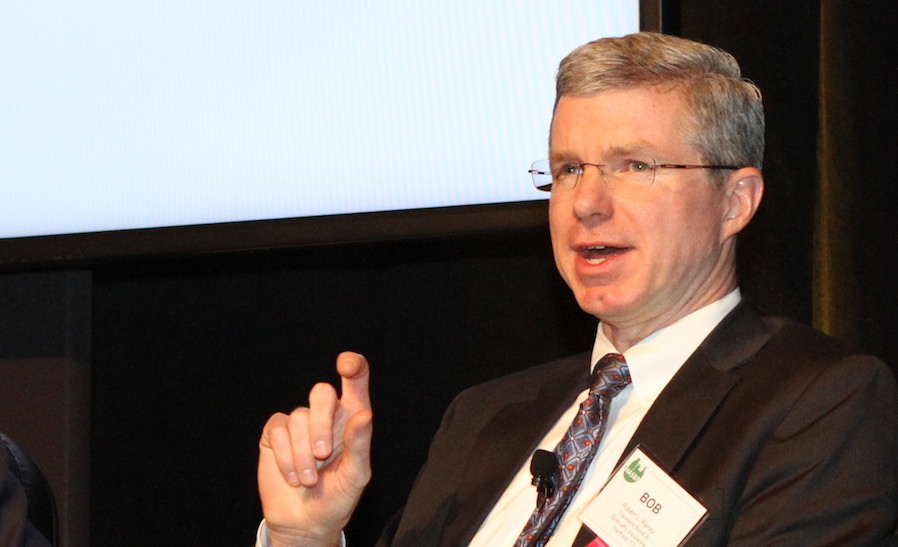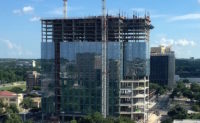Faced with competition and new demands from prime contractors and owners, sureties have started providing guarantees that include commitments to a quicker formal response to a claim under a performance bond involving a subcontractor default.
Those adjustments involving investigation and response to a subcontractor default are being made during a time of surety innovation in the U.S. involving other types of bonds. For example, last year Standard & Poor’s provided a favorable rating for an expedited dispute resolution bond geared to the new demands of P3s and their lenders.
Change has been a consistent theme at conventions of the National Association of Surety Bond Producers, and that pattern held at NASBP’s most recent gathering, in Colorado Springs May 15-18.
Despite the presence of federal, state and local laws that require surety guarantees on public works, surety bond brokers have grown more sensitive to competition from subcontractor default insurance (SDI) and to occasions where surety requirements are waived by an owner as a cost-cutting measure.
The changes related to subcontractor default apply only to performance bonds, not payment bonds, and are a response to general concerns about the time needed for a surety to investigate a formal claim when a subcontractor’s faltering or failure threatens delays that ripple across an entire project.
Robert Raney, construction surety business unit leader for Travelers, said, “There are some sureties that are looking at or promoting bond language which is more responsive, including perhaps faster response times, increased flexibility for a prime contractor or owner to continue a contract during the investigation process, as well as clearer instructions on how to file a claim and and who to contact.”
“And those things are intended to make the bond more attractive as a performance security option,” he added.
Laws in many states set response time to formal notice of a subcontractor or contractor default at 60 days. That doesn’t mean the surety is paying within 60 days but that it is responding and investigating on site. The investigations, sureties point out, are legally required to ascertain that there is a default, not a dispute, and to avoid unfairness to the principal or the obligee. And sureties also say that they often work behind the scenes or pump cash into a contractor keep a project moving ahead.
Bond forms published as part of the American Institute of Architects model contract documents, and bond form A312 revised in 2010, require a surety to take action "promptly" upon receipt of the required notices, according to the law firm Robinson & Cole LLP.
Limiting Construction Delays
Yet for some 60 days as a general rule is too long.
One contractor that requires its subcontractors to provide performance bonds with shorter response times is Walsh Construction Co. The company asks the subcontractors’ surety to pinpoint the specific claims person Walsh would contact and to make a decision to complete its subcontractor’s work scope in 15 days, with a 50-day extension if it finances its principal during that time.
With those features, Walsh prefers bonds to subcontractor default insurance, wrote J. William Ernstrom, Walsh’s vice president for major and strategic projects, in the current issue of the Surety Bond Quarterly, an NASBP publication.
In that same publication, Brad Robinson, head of treasury services for Lendlease and national chairman of the Construction Financial Management Association, wrote that his response when sureties ask how to compete against subcontractor default insurance is to “remove the perception that sureties are slow to respond to a claim under the remedies afforded by the bond.”
Raney said that is exactly what sureties are doing with subcontractor performance bonds.
“We want to make our product a great product as an alternative to SDI, so that’s where we are seeing flexibility in keeping [a project] moving and a commitment to conduct the investigation more promptly.”





Post a comment to this article
Report Abusive Comment